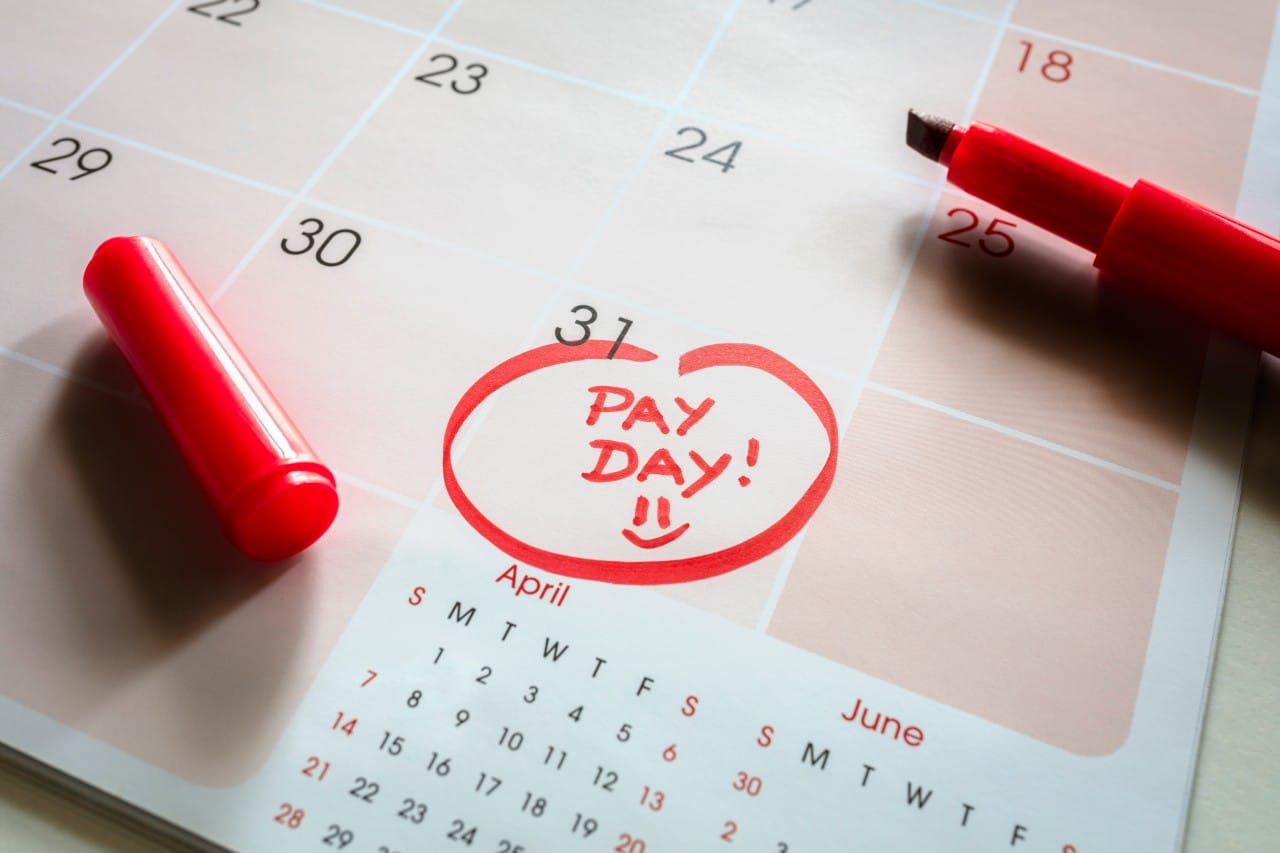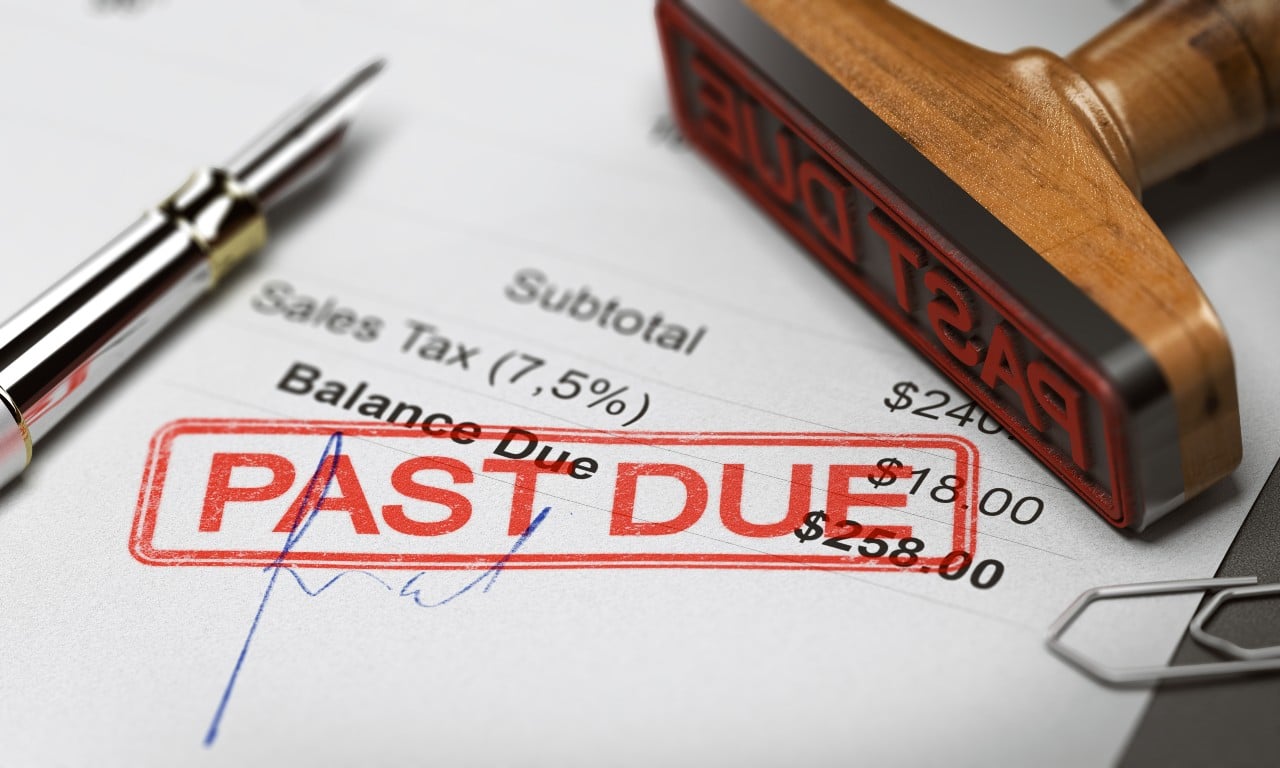Somewhere in the back of your head, you KNOW that setting financial goals is important. But when you’re struggling with debt or other financial challenges, setting lofty goals may be frustrating more than helpful. After all, isn’t your only goal “I’d like to not be broke”?
Fair enough, but the better you get at setting goals, the easier they’ll be to achieve, and the more successful you’ll be down the road. The reason most people fail with their goals is that they only think about long-term goals. For example, if you’re struggling with credit card debt, a goal might be to be debt-free, live in your own home, and save enough for a comfortable retirement.
One of the biggest keys to successfully setting financial goals is to use varying time-frames.
Why set goals?
If you have ever accomplished anything great, it probably didn’t happen on accident. Setting goals can help you determine what you want, and why you want it. Goalsetting forces you to visualize and think about the challenges you may encounter along the way. Setting goals gets your mind ready
Remain focused on your goals with the following:
- Your goals must inspire and motivate you
- Apply “SMART” principles – All goals must be:
- Specific
- Measurable
- Attainable
- Relevant
- Time-bound
- Write them down. You are 42% more likely to reach your goals if you write them down.
- Make a plan
- Work backwards from the goal and set milestones
- Follow through
Get clear on Your Financial Goals
It starts with being incredibly clear with your goal. “Losing weight” isn’t specific enough. Neither is “get rich.” Make sure you know exactly what you want to achieve and set a date. For example, “I want to pay off $50,000 worth of debt two years from (enter date).” The more specific you get, the less room there is for distracting add-ons.
Types of goals
For the purposes of this post, “types” refers to the timeline. See the different goal types and how they can get you to focus on your financial goals.
Long-Term Goals
Long-term goals can range from six months up to several years. Having only long-term goals won’t help you get started, but setting them is important for two important reasons: direction and excitement.
Setting a meaningful long-term goal forces you to consider your entire life. What are your values, your priorities, and how do you want to live your ideal life?
Take some time to think about the different areas of your life. Consider these as starting points:
- Career
- Financial
- Spiritual
- Physical
- Intellectual
- Family
- Social
If you achieved your ideal state for each of these life categories, life would look pretty good right?
Now let’s figure out how to get there.
Medium-Term Goals
Where your long-term goals are designed to come down the road, it’s time to start getting into specifics. ‘Medium-term’ won’t be an exact period of time, but think of it as any point where you can say ‘I’m actually doing it – I’m on my way to reaching my long-term goal’.
If your:
- Career goal is to run a successful company, your medium-term goal might be to start a side-business and get 3 paying customers within the next 12 months.
- Financial goal is to be debt-free and own a home, a medium-term goal might be to pay off your debts within 24 months and have a fully-funded emergency fund 6 months after that.
- Physical goal is to run a marathon, a medium-term goal could be to finish a 10K race in the next 12 months.
Did you notice that each of our medium-term goals has a specific time frame associated with it? It’s crucial to be able to measure your success. If in 1 year you don’t have any clients for your side-business, you know that something has gone wrong and you can adjust. Without time-specific goals, the best time to achieve them will always be ‘later’.
Short-Term Goals
Now that you have an idea of where you want to be in the near future, figure out what you can do today. The key to short-term goals is making them small, achievable, and immediately doable. Let’s look at our last examples to see how we can do this.
With a medium-term goal of getting 3 paying clients for your side-business, your short-term goals might look like this:
- Week 1 – determine what your initial service offering will be. Don’t just guess about what you can do, do market research to make sure people are willing to pay for it.
- Week 2 – do 1 or 2 pro-bono projects if relevant to your area. This will be in exchange for references, testimonials, and a quick portfolio
- Week 4 – use your network to announce your intentions and ask for help. Figure out where your ideal clients spend their time (online or offline) and get immersed in their world.
- Week 6 – sign your first paying contract.
Again, you can see that these steps are actionable and measurable.
For financial goals, your short-term goals might be:
- Call my creditors and ask for an interest rate reduction
- Go through all recurring bills and find ones to cut or reduce (magazine subscriptions, cable bills, etc.)
- Use the 10% savings rule and take the first 10% of each paycheque and put it directly towards debt.
- Start building an emergency fund by contributing a small amount to an account whose only purpose is to grow (for now).
Marathon running is even easier:
- Buy running shoes
- Find an online marathon training calendar
- Put on your brand new shoes and do day 1 of that calendar
Put On Your Shoes
The expression “The journey of a thousand miles begins with a single step” is absolutely true. The business, the house, the marathon, they’re all so far away. But work backwards, put on your shoes, and start living life the way you want.
Are you looking for more information to reach your financial goals? Learn more about getting out of debt and back in control today.





